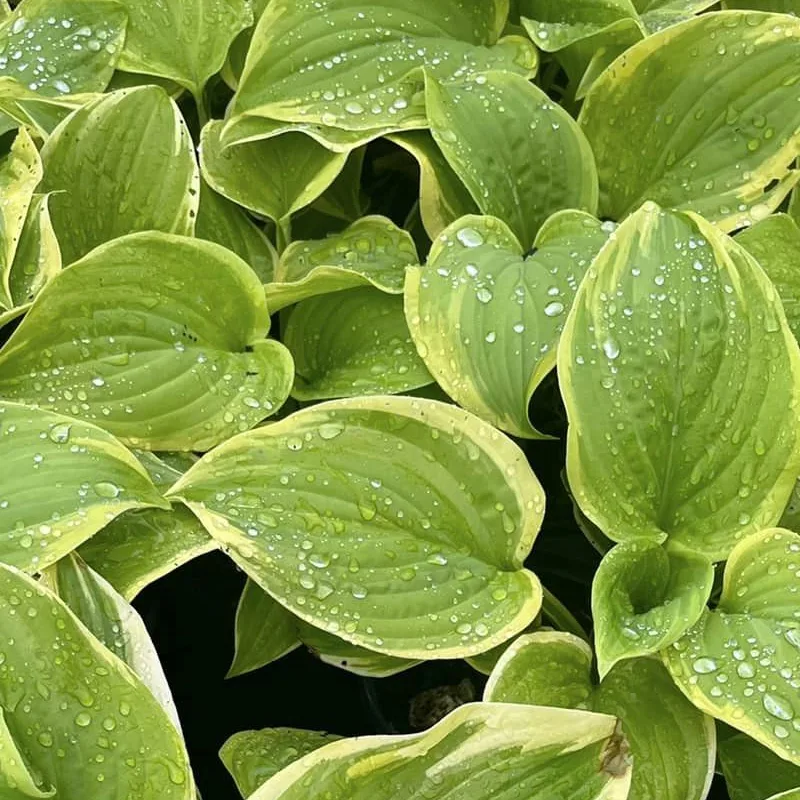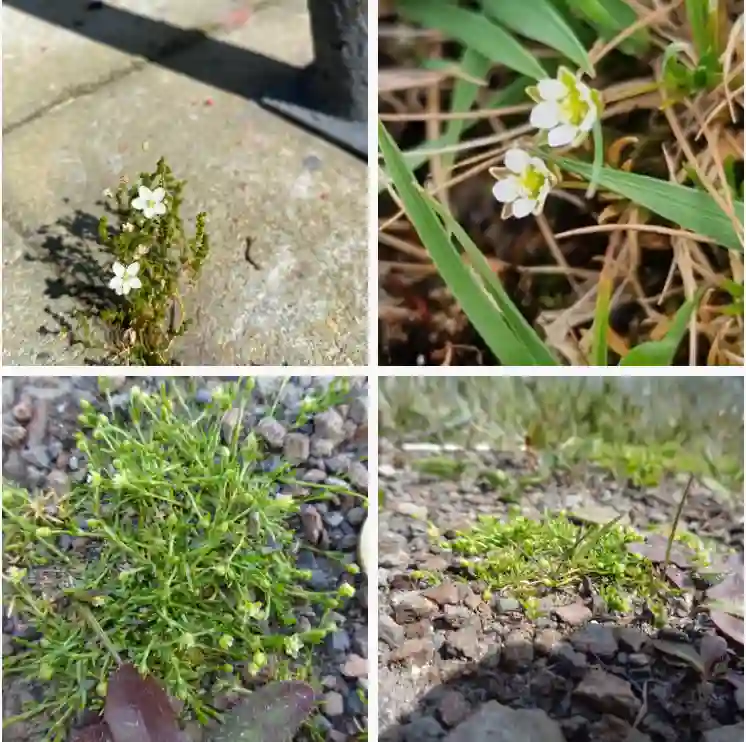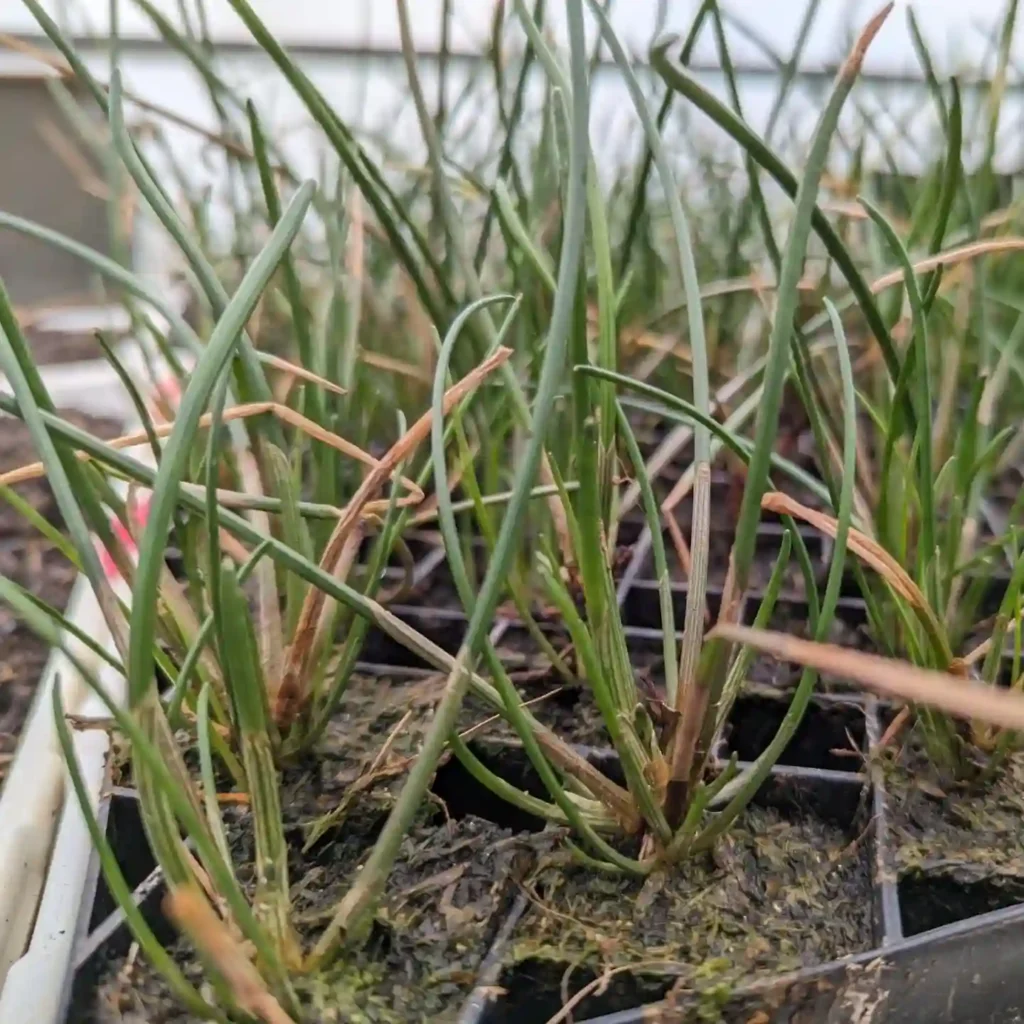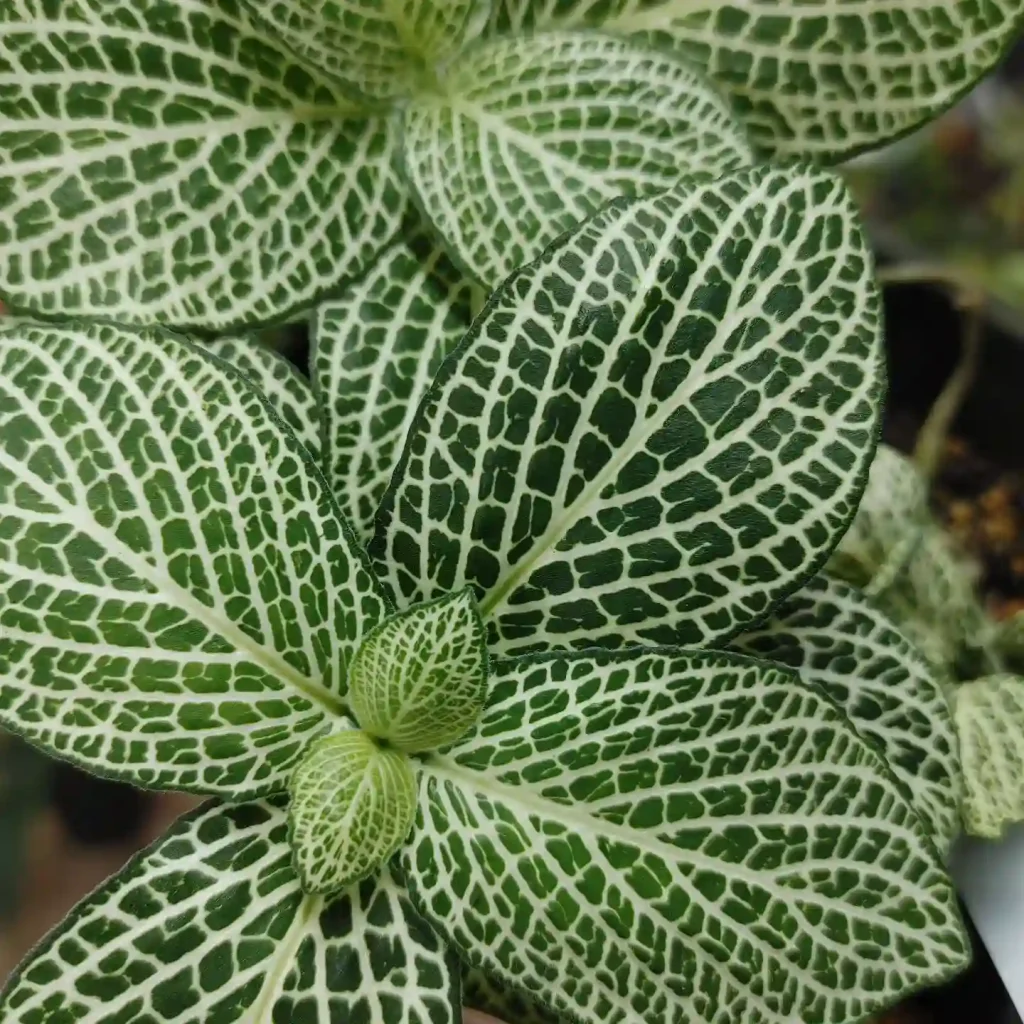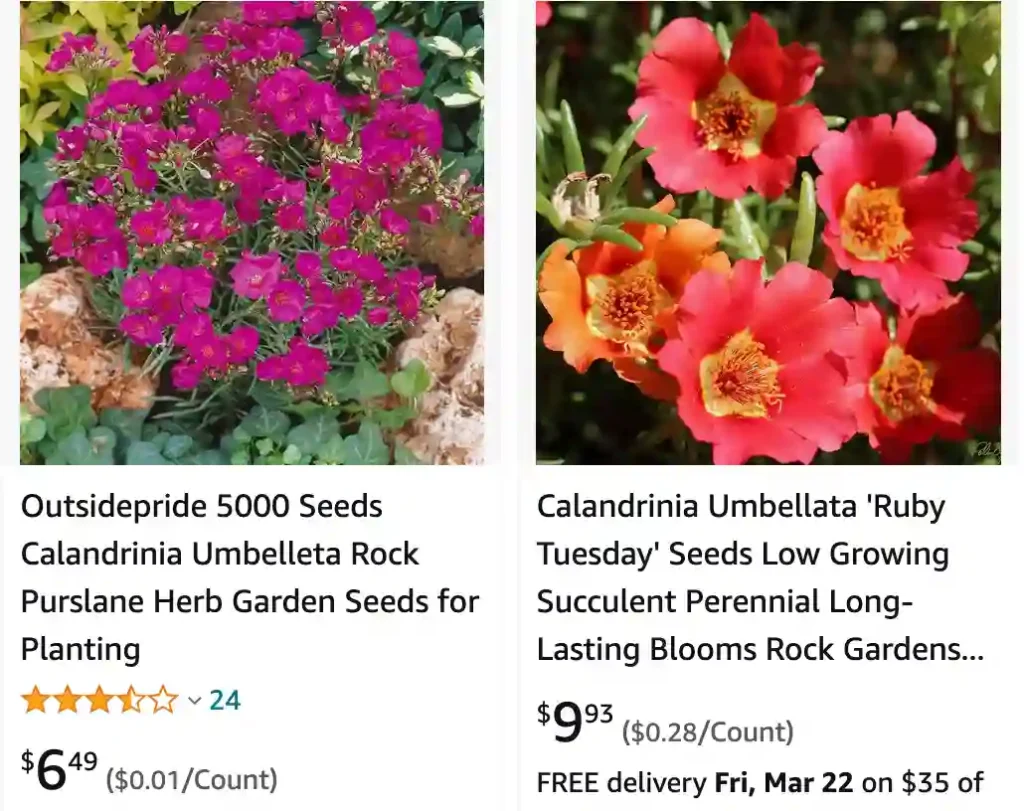
What is Calandrinia?
As a plant enthusiast, I’ve always been fascinated by unique and resilient plants. Calandrinia, a lesser-known gem in the succulent world, has recently captured my attention. Calandrinia, often referred to as “rock purslane,” is a charming and hardy succulent that originates from South America. It belongs to the family Montiaceae and is known for its vibrant flowers and fleshy leaves. The plant’s ability to thrive in challenging environments makes it a popular choice among gardeners looking for low-maintenance yet striking additions to their gardens.
Calandrinia species
- Calandrinia acaulis Kunth
- Calandrinia affinis Gillies ex Arn.
- Calandrinia alba (Ruiz & Pav.) DC.
- Calandrinia bracteosa Phil.
- Calandrinia breweri S.Watson
- Calandrinia caespitosa Gillies ex Arn.
- Calandrinia carolinii Hershk. & D.I.Ford
- Calandrinia ciliata (Ruiz & Pav.) DC.
- Calandrinia colchaguensis Barnéoud
- Calandrinia compacta Barnéoud
- Calandrinia corymbosa Walp.
- Calandrinia depressa Phil.
- Calandrinia filifolia Rydb.
- Calandrinia fuegiana Gand.
- Calandrinia galapagosa H.St.John
- Calandrinia graminifolia Phil.
- Calandrinia heterophylla Rydb.
- Calandrinia involucrata Phil.
- Calandrinia jompomae Hershk.
- Calandrinia lancifolia Phil.
- Calandrinia leucopogon Phil.
- Calandrinia minutissima Barnéoud
- Calandrinia monandra (Ruiz & Pav.) DC.
- Calandrinia nana Phil.
- Calandrinia nitida (Ruiz & Pav.) DC.
- Calandrinia pauciflora Phil.
- Calandrinia pilosiuscula DC.
- Calandrinia poeppigiana Walp.
- Calandrinia polyclados Phil.
- Calandrinia ranunculina J.M.Watson, A.R.Flores & Elvebakk
- Calandrinia sanguinea Phil.
- Calandrinia skottsbergii Gand.
- Calandrinia solisi Phil.
- Calandrinia spicigera Phil.
- Calandrinia taltalensis I.M.Johnst.
- Calandrinia villaroelii Phil.
Is Calandrinia a Succulent?
Yes, Calandrinia is indeed a succulent. Its thick, fleshy leaves are designed to store water, allowing it to survive in arid conditions. This characteristic is typical of succulents, which have adapted to retain moisture in their leaves, stems, or roots. Calandrinia’s succulent nature means it requires minimal watering and is well-suited to dry, sunny spots. This resilience is one of the reasons why I was drawn to this plant in the first place.
Calandrinia vs cistanthe
Calandrinia, with its vibrant, succulent leaves and vivid flowers, thrives effortlessly in my garden, bringing a burst of color and resilience. Cistanthe, on the other hand, impresses me with its delicate, paper-like blooms and ability to flourish in dry, rocky soil, adding a unique texture to my landscape.
How to Grow Calandrinia from Cuttings?
Growing Calandrinia from cuttings is a straightforward and rewarding process. Here’s how I do it:
- Select a Healthy Parent Plant: Choose a healthy, mature Calandrinia plant with no signs of disease or stress.
- Take a Cutting: Using a sharp, clean knife or scissors, cut a segment of the stem, ideally about 4-6 inches long. Ensure the cutting has at least a few leaves.
- Allow the Cutting to Callus: Place the cutting in a dry, shaded area for a few days to allow the cut end to callus. This helps prevent rot when planted.
- Plant the Cutting: Once the cut end has callused, plant the cutting in well-draining soil. A mix designed for succulents or cacti works well.
- Water Sparingly: After planting, water the cutting lightly. Keep the soil slightly moist but not waterlogged. Once established, reduce watering frequency.
With patience and proper care, the cutting will develop roots and grow into a new plant.
How to Propagate Calandrinia?
Besides growing from cuttings, Calandrinia can be propagated through seeds and division.
From Seeds:
- Sow Seeds: Scatter the seeds over a well-draining soil mix. Lightly press them into the soil but do not cover them completely as they need light to germinate.
- Water Gently: Mist the soil lightly to keep it moist.
- Provide Light: Place the seed tray in a bright, indirect light spot. Germination usually occurs within a few weeks.
By Division:
- Dig Up the Plant: Carefully dig up a mature Calandrinia plant.
- Separate Clumps: Gently separate the root clumps, ensuring each section has roots and shoots.
- Replant: Plant the divisions in well-draining soil and water sparingly.
Propagation is a great way to expand your collection or share this delightful plant with friends.
Does Calandrinia Spread?
Calandrinia has a moderate spreading habit. While it doesn’t aggressively take over garden spaces, it can spread out and create a beautiful ground cover. Its trailing stems can root where they touch the soil, leading to new growth and a fuller appearance. In my experience, this spreading nature makes Calandrinia an excellent choice for rock gardens, borders, and containers where it can cascade over the edges, adding visual interest.
How to Care for Calandrinia?
Caring for Calandrinia is relatively easy, which is one of the reasons I love this plant. Here are some tips to keep your Calandrinia thriving:
- Sunlight: Provide full sun to partial shade. While it loves bright light, too much direct afternoon sun can scorch the leaves.
- Watering: Water sparingly. Allow the soil to dry out between waterings to prevent root rot.
- Soil: Use well-draining soil. A mix designed for succulents or adding sand/perlite to regular potting soil works well.
- Fertilizing: Fertilize lightly during the growing season with a balanced, diluted fertilizer.
- Pruning: Remove spent flowers and any leggy growth to maintain a tidy appearance and encourage more blooms.
Why Choose Calandrinia?
Choosing Calandrinia for your garden or indoor collection offers several benefits. It’s a low-maintenance plant that provides year-round interest with its vibrant blooms and attractive foliage. Its resilience makes it suitable for beginners and experienced gardeners alike. Plus, its ability to propagate easily means you can quickly expand your collection or share it with fellow plant lovers.
In conclusion, my journey with Calandrinia has been incredibly rewarding. This hardy succulent not only adds beauty to my garden but also teaches me the joys of nurturing and propagating plants. If you’re looking for a unique, easy-to-care-for succulent, I highly recommend giving Calandrinia a try.
If i die, water my plants!
